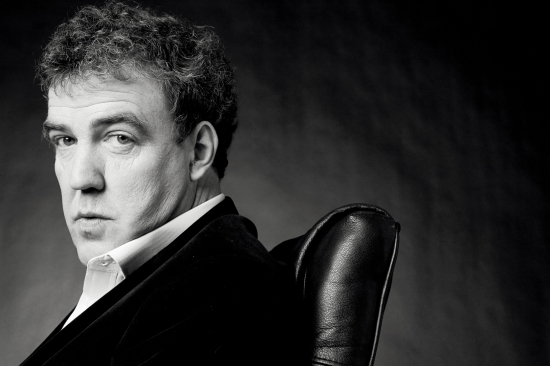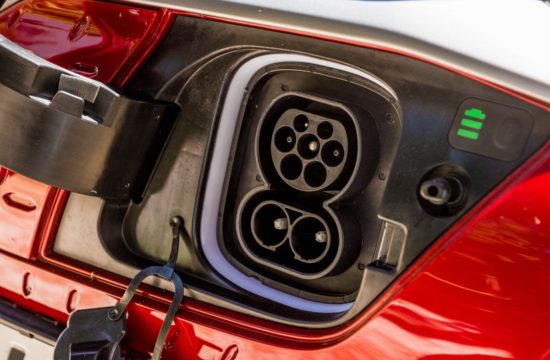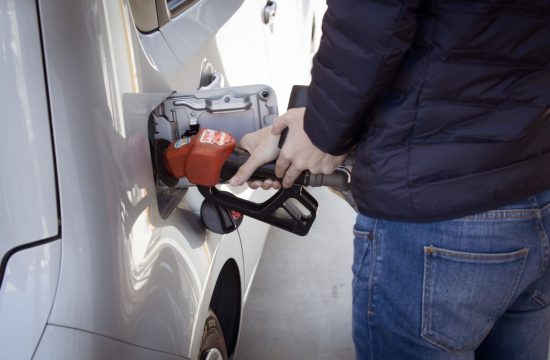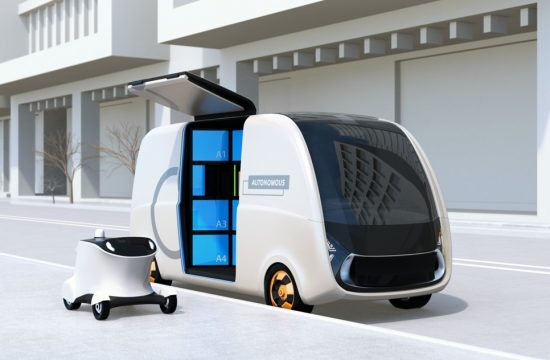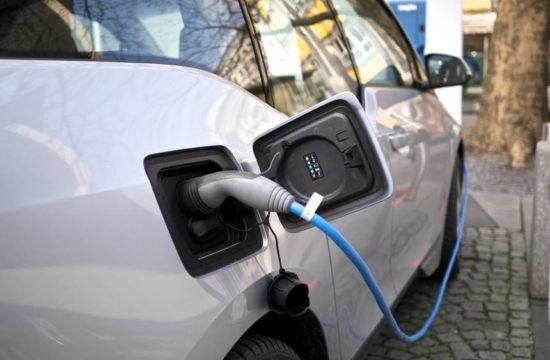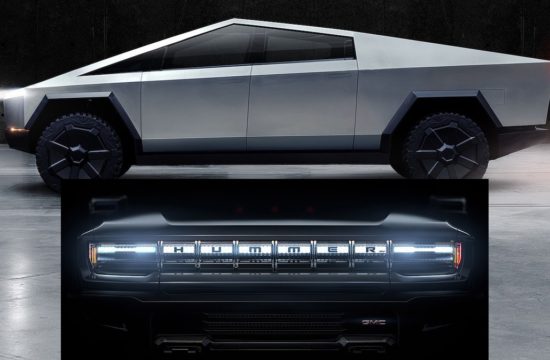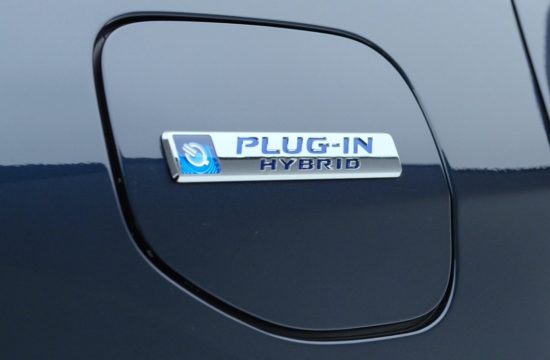If you live in planet Earth you’ve probably seen last Top Gear season and the episode they reviewed battery powered car Tesla Roadster. They broke two of this car on the track and also mocked the car alot, then guys of Tesla respond on the Internet that it was all fake and blah blah blah! Clarkson however is not letting it go easily! Looks like Tesla messed with the wrong guy! Follow the jump to read his latest statement about the car in which you realize that Tesla is only good for … ! 🙂
Mostly, the world’s car makers realise that I’m a harmless piece of navel fluff whose opinions make absolutely no difference to their hopes and dreams. But occasionally, threatening noises are made if they think I’ve been unfair.
Once, many years ago, Renault in France told the people who run its operation in Britain to pull all its advertising from the BBC. “Zis will show zem,” said a red-in-the-face Jean-Claude, unaware presumably that the BBC carried no advertising.
And then there was Toyota, which, after I compared its 1990s Corolla, unfavourably, with a fridge freezer, refused to lend me any more demonstrators until I accepted it was, in fact, the best car in the world and as important as the second coming.
Vauxhall was similarly argumentative about its then new Vectra, and SSangYong in effect banned me from driving its cars in the first place. When I asked its PR man if I could borrow a Rexton recently, he said: “No. We have other priorities.”
If he’d been on fire at the time he took the call, I could understand this. Because, yes, finding a pool into which he could jump to put himself out would be a higher priority than talking to me. But other than this, I cannot think what might be a higher priority for a car-company PR man than fixing up a date when a motoring journalist could try out a new product.
Oh, and I can never forget a letter sent by the public-relations man at BMW to The Sunday Times saying that my dislike of BMWs had nothing to do with their drivers’ pushy attitude, their silly sunglasses, their awful short-sleeved shirts, their hair gel, their orange wives, their awful houses, their fondness for golf and their membership of the Freemasons, and everything to do with the fact I had a garage full of free Jaguars.
Mostly, though, all is calm. I don’t talk to the car makers. They don’t talk to me. I simply borrow their cars. I write about them. They go back whence they came and, whether I’ve been kind, indifferent or wrong, the world continues to turn.
All of which brings me on to the curious case of the battery-powered Tesla sports car that I reviewed recently on Top Gear. Things didn’t go well. The company claimed it could run, even if driven briskly, for 200 miles, but after just a morning the battery power was down to 20% and we realised that it would not have enough juice for all the shots we needed.
Happily, the company had brought a second car along, so we switched to that. But after a while its motor began to overheat. And so, even though the first was not fully charged, we unplugged it — only to find that its brakes weren’t working properly. So then we had no cars.
Inevitably, the film we had shot was a bit of a mess. There was a handful of shots of a silver car. Some of a grey car. And only half the usual gaggle of nonsense from me shouting “Power” and making silly metaphors. And to make matters worse, we had the BBC’s new compliance directive hanging over us like an enormous suffocating blanket. We had to be sure that what we said and what we showed was more than right, more than fair and more than accurate.
Phone calls were made. Editorial policy wallahs were consulted. Experts were called in. No “i” was left undotted. No “t” was left uncrossed. No stone remained unturned in our quest for truth and decency.
Tesla could not complain about what was shown because it was there. And here’s the strange thing. It didn’t. But someone did. Loudly and to every newspaper in the world. The Daily Telegraph said we’d been caught up in a new fakery row. The Guardian accused us of being “underhanded”. The New York Times wondered if we’d been “misleading”. The Daily Mail said I could give you breast cancer.
This was weird. Tesla, when contacted by reporters, gave its account of what happened and it was exactly the same as ours. It explained that the brakes had stopped working because of a blown fuse and didn’t question at all our claim that the car would have run out of electricity after 55 miles.
So who was driving this onslaught? Nobody in the big wide world ever minds when I say a BMW 1-series is crap or that a Kia Rio is the worst piece of machinery since the landmine. And yet everyone went mad when I said the Tesla, the red-blooded sports car and great white hope for the world’s green movement, “absolutely does not work”.
I fear that what we are seeing here is much the same thing professors see when they claim there is no such thing as man-made global warming. Immediately, they are drowned out by an unseen mob, and then their funding dries up. It’s actually quite frightening.
The problem is, though, that really and honestly, the US-made Tesla works only at dinner parties. Tell someone you have one and in minutes you will be having sex. But as a device for moving you and your things around, it is about as much use as a bag of muddy spinach.
Yes, it is extremely fast. It’s all out of ideas at 125mph, but the speed it gets there is quite literally electrifying. For instance, 0 to 60 takes 3.9sec. This is because a characteristic of the electric motor, apart from the fact it’s the size of a grapefruit and has only one moving part, is massive torque.
And quietness. At speed, there’s a deal of tyre roar and plenty of wind noise from the ill-fitting soft top, but at a town-centre crawl it’s silent. Eerily so. Especially as you are behind a rev counter showing numbers that have no right to be there — 15,000, for example.
Through the corners things are less rosy. To minimise rolling resistance and therefore increase range, the wheels have no toe-in or camber. This affects the handling. So too does the sheer weight of the 6,831 laptop batteries, all of which have to be constantly cooled.
But slightly wonky handling is nothing compared with this car’s big problems. First of all, it costs £90,000. This means it is three times more than the Lotus Elise, on which it is loosely based, and 90,000 times more than it is actually worth.
Yes, that cost will come down when the Hollywood elite have all bought one and the factory can get into its stride. But paying £90,000 for such a thing now indicates that you believe in goblins and fairy stories about the end of the world.
Of course, it will not be expensive to run. Filling a normal Elise with petrol costs £40. Filling a Tesla with cheap-rate electricity costs just £3.50. And that’s enough to take you — let’s be fair — somewhere between 55 and 200 miles, depending on how you drive.
But if it’s running costs you are worried about, consider this. The £60,000 or so you save by buying an Elise would buy 15,000 gallons of fuel. Enough to take you round the world 20 times.
And there’s more. Filling an Elise takes two minutes. Filling a Tesla from a normal 13-amp plug takes about 16 hours. Fit a beefier three-phase supply to your house and you could complete the process in four (Tesla now says 3½). But do not, whatever you do, imagine that you could charge your car from a domestic wind turbine. That would take about 25 days.
You see what I mean. Even if we ignore the argument that the so-called green power that propels this car comes from a dirty great power station, and that it is therefore not as green as you might hope, we are left with the simple fact that it takes a long time to charge it up and the charge doesn’t take you very far. We must also remember that both the cars I tried went wrong.
In the fullness of time, I have no doubt that the Tesla can be honed and chiselled and developed to a point where the problems are gone. But time is one thing a car such as this does not have.
Because while Tesla fiddles about with batteries, Honda and Ford are surging onwards with hydrogen cars, which don’t need charging, can be fuelled normally and are completely green. The biggest problem, then, with the Tesla is not that it doesn’t work. It’s that even if it did, it would be driving down the wrong road.
The Clarksometer
ENGINE 375v AC electric motor powered by lithium-ion battery unit
POWER 185kW / 248bhp @ 8000rpm
TORQUE 276 lb ft @ 0rpm
TRANSMISSION Two-speed manual
FUEL / CO2 n/a
ACCELERATION 0-60mph: 3.9sec
TOP SPEED 130mph
PRICE €99,000 (£90,000)
ROAD TAX BAND A (free)
RELEASE DATE EU model available this yearClarkson’s verdict
I suppose it’s good for your sex life!
source : Clarkson column in Times Via thetruthaboutcars
